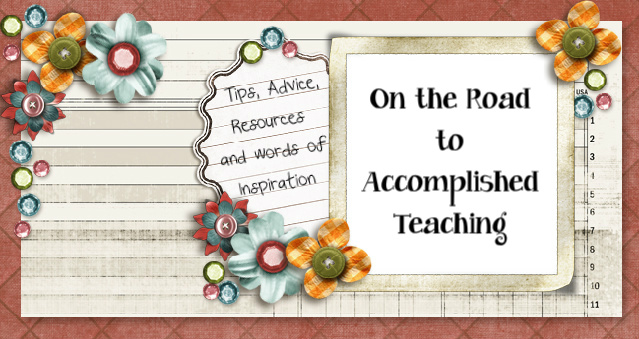 |
| How do you present yourself to your students? |
Consider other professions for a moment. When you see a doctor or nurse, you immediately know that you're in the presence of a professional who can understand and possibly solve your medical issues. When you see a police officer, you know someone's on the scene who can address law and order concerns. The fireman appears, and you know that the fire will be addressed! What about the teacher - but more importantly, where is the teacher?
Your dress is a fundamental part of creating the image of a professional. And it's important to create that presence in the classroom. Once you do, you can use that presence to lead the students. And believe me, students will treat you differently when you dress differently! What does this presence look like? Well, in American society it looks like:
- daily hygiene - daily shower, fresh breath, deodorant, etc.
- hair that is clean and cared for (whatever the style!)
- clothing that is freshly laundered and ironed
- tops and bottoms that fit without clinging to your natural assets. (and if you have large natural assets, you need to wear clothing to cover them)
- shoes
- non-distracting accessories
- clothing that isn't too small or too short, and doesn't expose you when you take the tip test. (The tip test: tip yourself over in front of a mirror. Do you see more than you want to show in front or in back? That's what students see every day)
- outfits that are not casual (think loungewear or the park)
- clothing that would be worn at important functions (dresses, jackets, sweaters, suits and ties, etc)
Now if you want to dress formally and wear dresses or suits and ties, that's automatically considered professional attire. But you don't have to wear suits and ties. You do have to wear clothing that sets you apart from the students, and creates the impression that you are someone to look up to. I guarantee that the first time you dress this way, a student will ask you where you're going. Your answer should be, "I'm not going anywhere, I'm coming to an important place: the classroom - to teach you."
Can I get a witness?





















